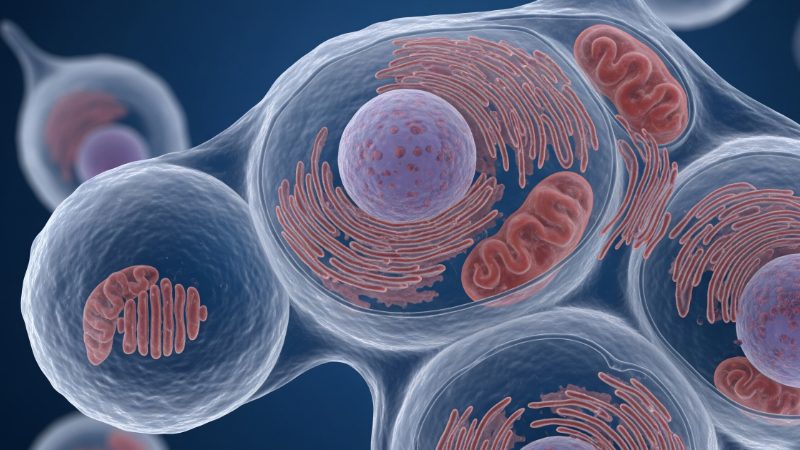We offer a collaborative project that combines genome-scale metabolic modeling with targeted multi-omics analyses to optimize gene therapy manufacturing. By systematically identifying and resolving bottlenecks in HEK293 cells, we boost viral vector yield and quality - advancing scalable and efficient gene therapy solutions.
Background
Technology
Our technology combines condition-specific genome-scale metabolic modelling with multi-omics data to uncover hidden metabolic bottlenecks and regulatory nodes. This approach recently pinpointed pseudohypoxia and HIF1α signalling as key barriers in HEK293 cells – where targeted inhibition more than doubled capsid output. Beyond mapping limitations, our models guide rational strain engineering and process design, offering a powerful tool for optimizing viral vector manufacturing.
Offer
- Tailored genome-scale metabolic modelling of proprietary or commercial HEK293 derivatives.
- Integrated omics profiling under relevant bioprocess conditions
- Predictive simulations to guide genetic, media, and process optimization.
- In silico screening of intervention strategies before experimental trials to reduce lab time and save costs.
This approach accelerates the development of high-yield, high-quality AAV manufacturing systems with reduced cost of goods.
IP generated in a project with acib can be fully transferred. We are looking for industrial partners to co-develop HEK293-based AAV production platforms tailored to your vector design and manufacturing requirements.
Experts:
Leopold Zehetner, Jürgen ZanghelliniDevelopment status:
Status of the project proposal – Technology Readiness Level 4 (Technology validated in lab)Keywords:
HEK293, Metabolic Model, Metabolic Flux Analysis, Omics Integration, AAV Production, Viral Vector, Capsid Quality, Cell Line Productivity, Bioprocess, HIF1αHEK293 Cells image by Gemini

